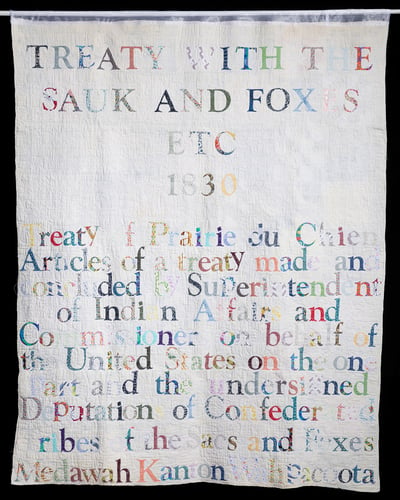DAY 13:
EARLY CHILDHOOD EDUCATION
“To be young, gifted and black,
Oh what a lovely precious dream
To be young, gifted and black,
Open your heart to what I mean.”
-Nina Simone
Now is the time for equity in early childhood education!
No matter the adverse conditions under which Black people have found themselves, they have excelled in many ways, including academically. In 1879, Harriett Beecher-Stowe observed that right out of slavery, Black people rushed not to the grog shop but to the school room.They cried for the spelling book as bread and pleaded for teachers as a necessity for life.
Not only have Black people historically valued education, research confirms their innate capability to excel. Studies show that there is no achievement gap at birth—at least not one that highlights differences between European-American children and Black children. According to research, Black children outperform their white counterparts on most measures until they start school. (Source: Delpit, L. (2012). Multiplication is for White People: Raising Expectations for Other People’s Children. New York, NY: The New Press.)
Then, what happens? Unfortunately, "deficit thinking" can come into play for some educators. It is a frame through which the Black child can be viewed as either being intellectually inferior, or inept because of their culture. For these teachers, this framing device allows them to blame factors such as poverty instead of examining and changing lesson plans.
TODAY’S CHALLENGE: Do one or more of the following…
LISTEN:
Listen to the podcast PreK Teach and Play: A Lesson in Humility: Diving into Anti-Racist Early Education Practices and Policies with Kristie Pretti-Frontczak and Ijumaa Jordan. Ijumaa and Kristie discuss developing humility with young students, how the white dominant culture shows up in early childhood practices and policies, and ways educators can examine their own beliefs and practices to work towards being antiracist. (01:01:57)
WATCH:
Watch author, historian, and leading antiracist activist Ibram X. Kendi in an interview discussing his book Antiracist Baby. Ibram X. Kendi discusses the important role parents and educators play in teaching young children to be an antiracist. Kendi defines an antiracist as “One who is supporting an antiracist policy through their actions or expressing an antiracist idea.” (5:31)
LISTEN:
Listen to Bias Isn’t Just a Police Problem, It’s A Preschool Problem, an NPR ED podcast with Cory Turner that examines the issue of implicit bias in preschool teachers and sheds light on how subconscious racial stereotypes related to students of color guide the expectations and interactions of teachers, and the negative effects of these beliefs. (4:32)
WATCH:
Watch this clip from Anderson Cooper 360, which reveals children’s attitudes and biases toward race. With the help of Dr. Margaret Beale Spencer, renowned child psychologist and University of Chicago researcher, CNN recreates the groundbreaking “doll test” from the 1940s performed by Mamie and Kenneth Clark, a husband-and-wife team of Black psychologists who devoted their life’s work to understanding and helping heal children’s racial biases. (5:27)

BOOK:
Read chapter 23, “White Teachers and the Power to Transform: Early Childhood Educators and the Potential for Lasting Harm,” from the book The Guide for White Women Who Teach Black Boys by Dr. Eddie Moore Jr., Ali Michael, and Marguerite W. Penick-Parks. This chapter provides a list of ten important things to know, for white educators who teach students of color, in order to provide these students equitable learning conditions and opportunities.

ACTION:
Children watch and listen to adults for racial cues. Get conversation going with this age-appropriate guide for talking to very young children about race, and for reading time, choose a culturally responsive book, like the ones at Lee & Low Books About Everyone, For Everyone.
NEXT TOPIC: EDUCATION
CONVERSATION PIECE: Art Addressing Equity

Artist: Gina Adams
Title: Treaty with the Sauk and Foxes, 1830 Broken Treaty Quilt
Date of piece: 2019
Photo Credit: Rich Sanders.
Description: Hand-cut calico letters on antique quilt, Overall: 78 × 61 in. (198.1 × 154.9 cm),Des Moines Art Center Permanent Collections; Purchased with funds from the Kyle and Sharon Krause Family Art Acquisition Fund, 2019.54.
“Gina Adams’ life’s work is to create a quilt for every broken treaty between various colonial governments and the indigenous nations of North America. The hand-sewn letters on each quilt replicate the language of the treaties; this quilt includes the language of the treaty between Iowa’s Sauk and Foxes tribes and the US government. Each of these treaties was subsequently broken.”
Jeff Fleming
Des Moines Art Center
Thank you to the members of BRAVO Greater Des Moines for curating the Equity Challenge Gallery, a collection of art in various media that speaks to the issues of equity in our society.
%20white.png?width=202&height=99&name=21%20day%20equity%20challenge%20(banner)%20white.png)

